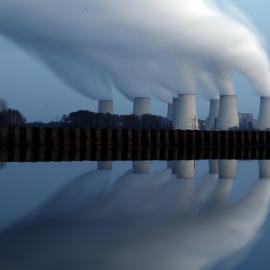In their analysis of the rapid growth of solar power worldwide, Dickon Pinner and Matt Rogers (“Solar Power Comes of Age,” March/April 2015) write that “solar power is ready to compete on its own terms.” But a broader view of the facts suggests that the story of solar power’s growth isn’t quite as sunny as they claim.
Pinner and Rogers correctly identify the main reasons that solar power has taken off so quickly around the world, including large feed-in tariffs and subsidies for distributed solar power production. But they do not acknowledge the negative consequences of such subsidies. In Germany, for example, overly generous subsidies for solar power have contributed to a rise in electricity prices, from 18 cents per kilowatt-hour in 2000 to more than 37 cents per kilowatt-hour in 2013. (By contrast, the average retail price of electricity in the United States, as of December 2014, was about 10 cents per kilowatt-hour.) Moreover, subsidies for rooftop solar systems tend to benefit only the wealthy, as evidenced by a 2015 study done for the Louisiana Public Service Commission.
Because of the intermittent nature of renewable energy sources, and the energy’s costs, fossil fuels will not be completely replaced in the immediate future. Instead, the world will gradually build an ever-growing portfolio of renewable energy sources. Finding the best way to manage this long-term transition to clean power—preserving the reliability of the grid, preventing consumer electricity prices from skyrocketing, and finding a pragmatic path toward reducing carbon dioxide emissions—will require a thorough understanding of the pitfalls of moving too rapidly.
JEFFREY ALTMAN Senior Adviser, Finadvice
